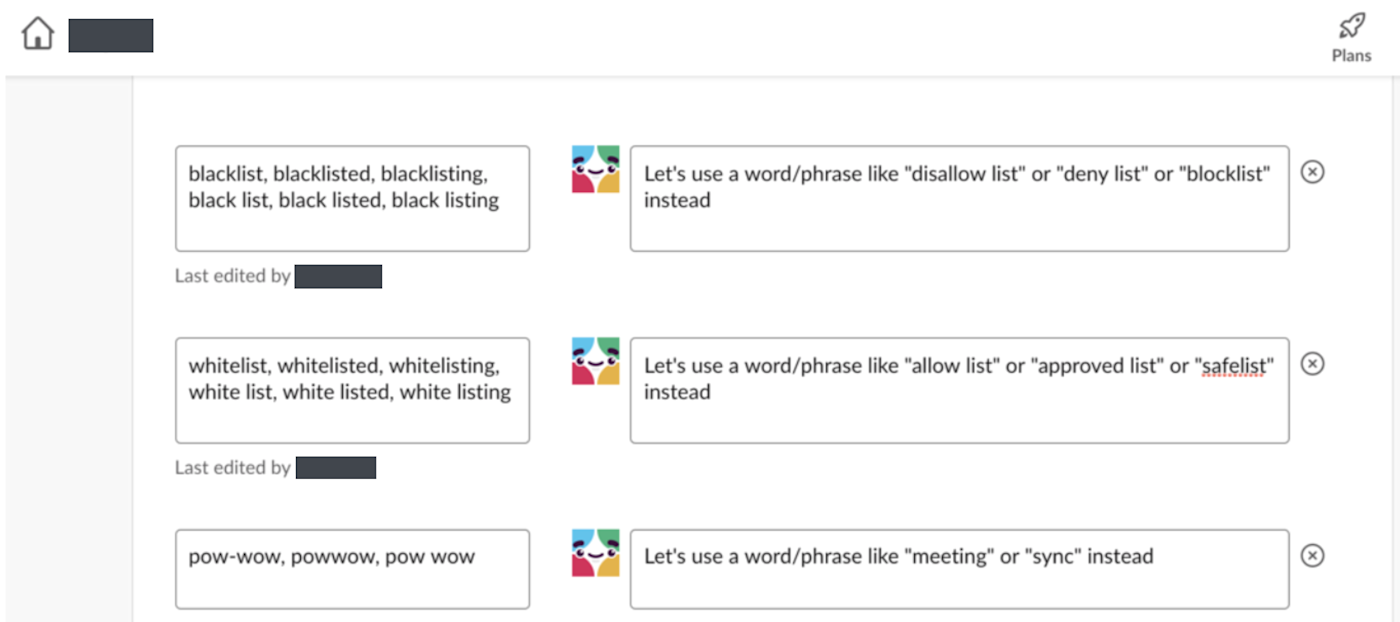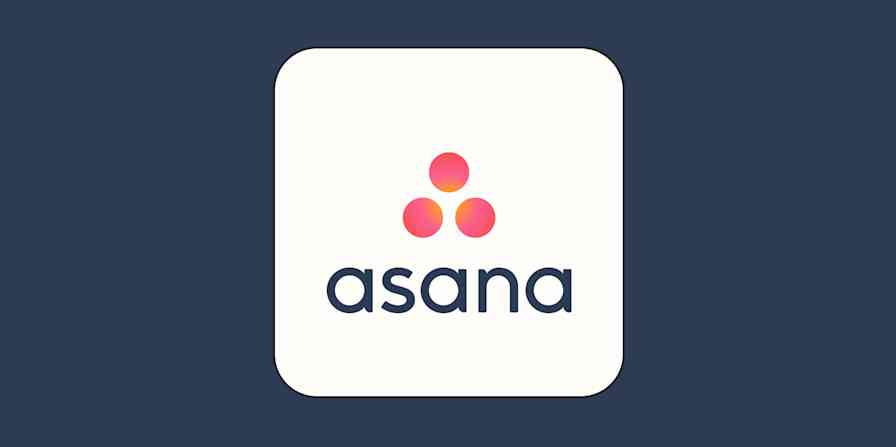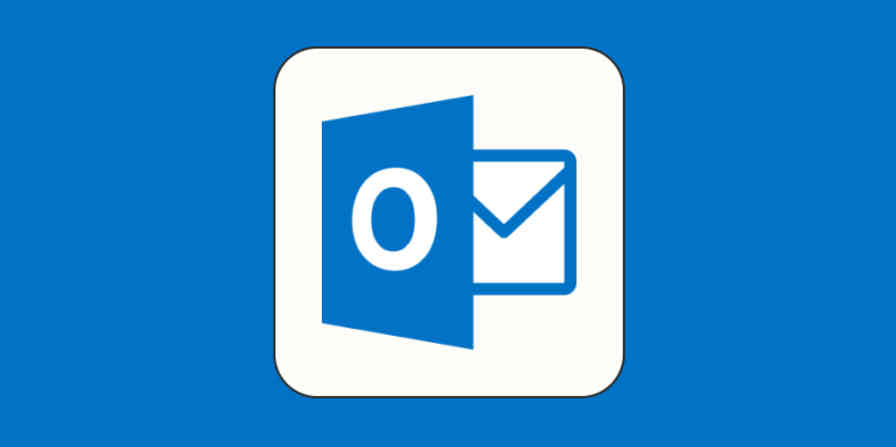Phrases rooted in racism, sexism, and other forms of discrimination have made their way into business vocabulary. Most of us do our best to use inclusive language, but sometimes we slip up—or we don't even know that what we're saying isn't inclusive.
It can be awkward, emotionally draining, and time-consuming to let people know every time they use non-inclusive language. But with more and more communication happening through Slack, there's an automated way to make it happen. Here, we'll show you how to use a Slackbot to help educate teammates on these phrases—and ultimately avoid them in the future.
The Slackbot we're suggesting just takes a few clicks to set up. If you're looking to do something a little more complex or customized, head over to our article on how to build your own Slackbot.
Try calling people in, instead of calling out
First: this method works in part because it's about calling people in, not calling people out. What's the difference? Have a look at the conversations below.



The purpose is the same: to acknowledge the non-inclusive language and educate the person on how to do better. But calling in is done with more patience and kindness. Calling in is an especially useful technique for the workplace, where mutual respect and collaboration are crucial.
Note: calling out isn't universally bad. Read this excerpt from This Book is Anti-Racist to learn more about the difference.
Slack custom responses
It's not an easy skill to learn, so as you're getting the hang of it, you can let Slackbot do the job of calling in.
When a non-inclusive word or phrase is said, Slackbot will automatically respond with a clear and direct suggestion to use an alternative word or phrase. Slackbot will constantly watch every Slack channel and respond when specific phrases are mentioned.
There are lots of benefits to this workflow, not least of which is that you have a robot listening to everything you say (it's up to you if this is a pro or a con).
It's public. It's not just the individual who uses the non-inclusive word who gets the message—everyone sees the Slackbot's response. The public call in holds everyone in the channel accountable, discouraging others from using the word or phrase in the future too. This is something that a direct message (or an autocorrect) can't do.
It's actionable. We know these phrases aren't used maliciously, but rather out of habit or maybe not knowing what else to say. This bot explicitly draws attention to the non-inclusive language and provides several alternative phrases to use in its place.
It's immediate. Slackbot responds in an instant. This prevents the non-inclusive words from lingering, which can signal to others that it's ok to use and repeat that language. The immediate response can also be reassuring to those that might have been hurt by the message, knowing that an action has been taken.
It's a robot. Often, the burden of "calling in" falls on those who are most hurt by the non-inclusive language. With Slackbot, there's no social pressure on anyone to jump in. Plus, the sender is less likely to take it personally, because, hey, Slackbot isn't a person. We don't think.
Of course, this shouldn't be a replacement for allyship or inclusion training—this tool doesn't get at the core of the issue. Instead, it's a resource for accidental slip-ups to keep things moving once everyone has been trained on inclusive language.
Ready? Here's how to set it up.
Slack custom responses are right in your Slack settings. Just go to slack.com/customize/slackbot, add a phrase for the Slackbot to watch for (in the left column), and then tell it how to respond (in the right column).

You can add as many trigger phrases as you want—just separate them using a comma, as shown above. That lets you capture different spellings or ways of using the word or phrase. Keep in mind that if a general keyword is used, it could unnecessarily trigger the bot. Try to be as specific as you can with the keywords and phrases you add so that the bots aren't confusing or distracting.
Now, whenever anyone types any of the words or phrases you indicated, the response you've created will immediately appear in the channel. It will even let everyone know it's a custom response from your company.
Here's how it looks when someone uses one of the phrases:

There are lots of resources online to help you determine what words and phrases to call in. You can also build the list internally. Search to see if people are actually using certain phrases, or solicit suggestions from your team with an inclusive language form.

Can't access the Slack settings page? This is likely because of your workplace's administrative settings. Your Slack admin can create these bots instead, so find out who your admin is and send them this article.




